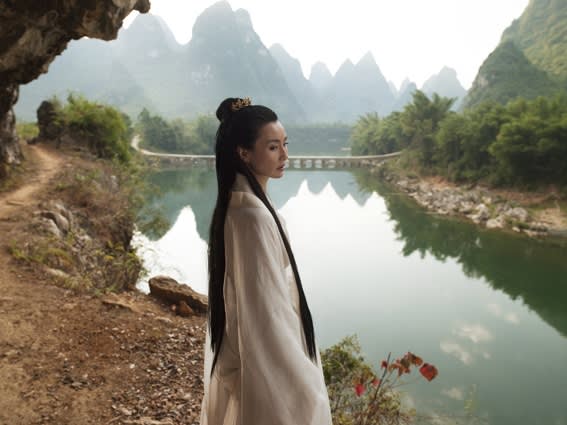By Charles Desmarais
For those of us who were around to see the first video works presented in art museum and gallery exhibitions, our memories are in grainy black and white. Today, no contemporary art venue can ignore video, and the technical quality of such offerings has vastly improved as the distinction between “video” and “film” has dissolved.
It has been nearly five decades since Gene Youngblood described an “expanded cinema” in his seminal book of the same name, positing that such a conflation of media would, paradoxically, lead to radically new forms of cinema. Yet most of the moving images we consume today look merely like crisper versions of the TV and movies Youngblood was ready to leave behind in the 1960s.
Not so with Isaac Julien’s most invigorating works. The British artist has evolved since art school in the 1980s from filmmaker to installation artist, making multiple-screen digital works through which one wanders afoot, and that don’t rely entirely on story or fixed sequence. They have no fixed point of view, in either the physical or the cinematic sense.
Image: Maggie Cheung plays the goddess Mazu in British artist Isaac Julien’s film Ten Thousand Waves, ©/courtesy Isaac Julien

